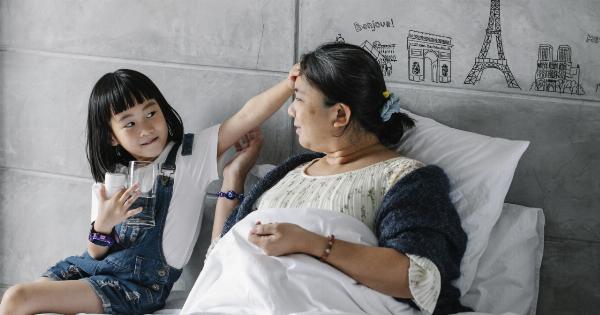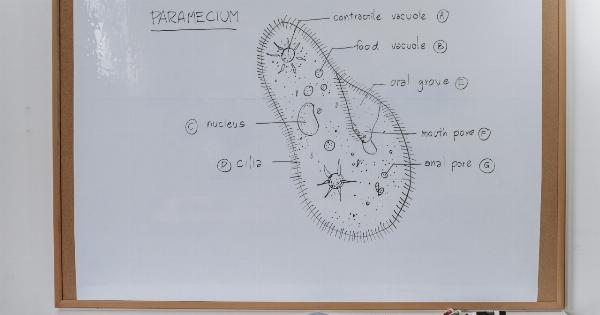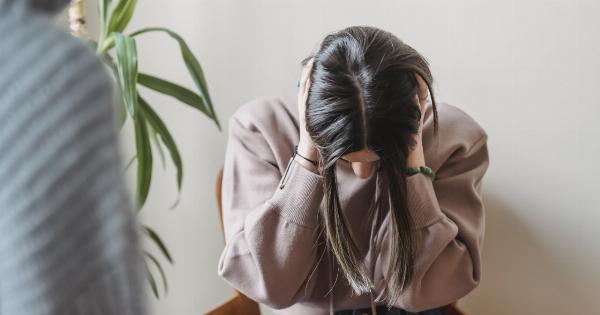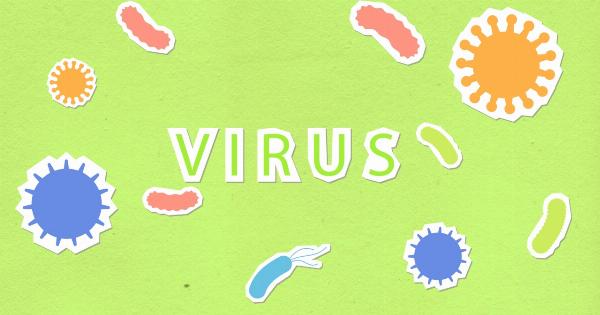Childhood infections are a common occurrence, and many parents become worried when their child starts to show symptoms of an infection. One such infection is infectious erythema, also known as fifth disease.
This viral infection is most common in children between the ages of 5 and 15, and symptoms can last for several weeks. Here, we will discuss the signs and symptoms of infectious erythema, so you can quickly identify them and seek medical attention if necessary.
What is Infectious Erythema?
Infectious erythema is caused by the parvovirus B19. This virus spreads through respiratory secretions, and it is most contagious in the early stages of the illness.
The virus is most commonly spread from person to person through sneezing or coughing, but it can also be spread through contact with infected blood. Once a person is infected with the virus, it can take between 4 and 14 days for symptoms to appear.
Symptoms of Infectious Erythema
The first symptoms of infectious erythema are usually mild and flu-like, including headache, fever, and a runny nose. After a few days, a bright red rash will appear on the face, particularly on the cheeks.
This rash is often described as a “slapped-cheek” appearance, and it may be accompanied by a lace-like rash on the trunk and extremities. The rash may be itchy, but it is usually not painful.
After a few days, the rash on the face will fade, and a rash on the rest of the body will become more prominent. This rash may last for several weeks and can be exacerbated by sunlight, heat, or exercise.
Other symptoms of infectious erythema can include joint pain and swelling, particularly in the hands, wrists, knees, and ankles. Adults who contract the virus may experience more severe joint pain and swelling than children.
Diagnosis of Infectious Erythema
If you suspect that your child has infectious erythema, you should seek medical attention immediately. A doctor can diagnose the infection based on the characteristic rash and other symptoms. Blood tests can also be used to confirm the diagnosis.
Most children with infectious erythema will make a full recovery, and treatment is usually aimed at managing symptoms.
If your child has an underlying medical condition, such as leukemia or sickle cell anemia, they may be at greater risk of complications from infectious erythema.
In these cases, antiviral medication may be prescribed to reduce the severity of the illness.
Preventing the Spread of Infectious Erythema
As with many childhood infections, the best way to prevent the spread of infectious erythema is through basic hygiene practices. Encourage your child to wash their hands frequently, particularly before eating or touching their face.
You should also teach your child to cover their mouth and nose when coughing or sneezing, and to avoid touching their face. If your child is diagnosed with infectious erythema, they should avoid contact with pregnant women, as the virus can cause complications in pregnancy.
Similarly, if you are pregnant and have been in contact with someone with infectious erythema, you should seek medical attention immediately.
When to Seek Medical Attention
If your child shows any sign of infectious erythema, such as a rash or joint pain, you should seek medical attention immediately.
It is particularly important to seek medical attention if your child has an underlying medical condition, as they may be at greater risk of complications from the infection. Additionally, if you are pregnant and have been in contact with someone with infectious erythema, you should seek medical attention immediately.
Conclusion
Infectious erythema is a common childhood infection that is caused by the parvovirus B19. The infection is usually mild and will resolve on its own within a few weeks.
However, it is important to seek medical attention if your child shows any signs of the infection, particularly if they have an underlying medical condition. By following basic hygiene practices, you can help prevent the spread of the infection and protect yourself and your child from complications.






























